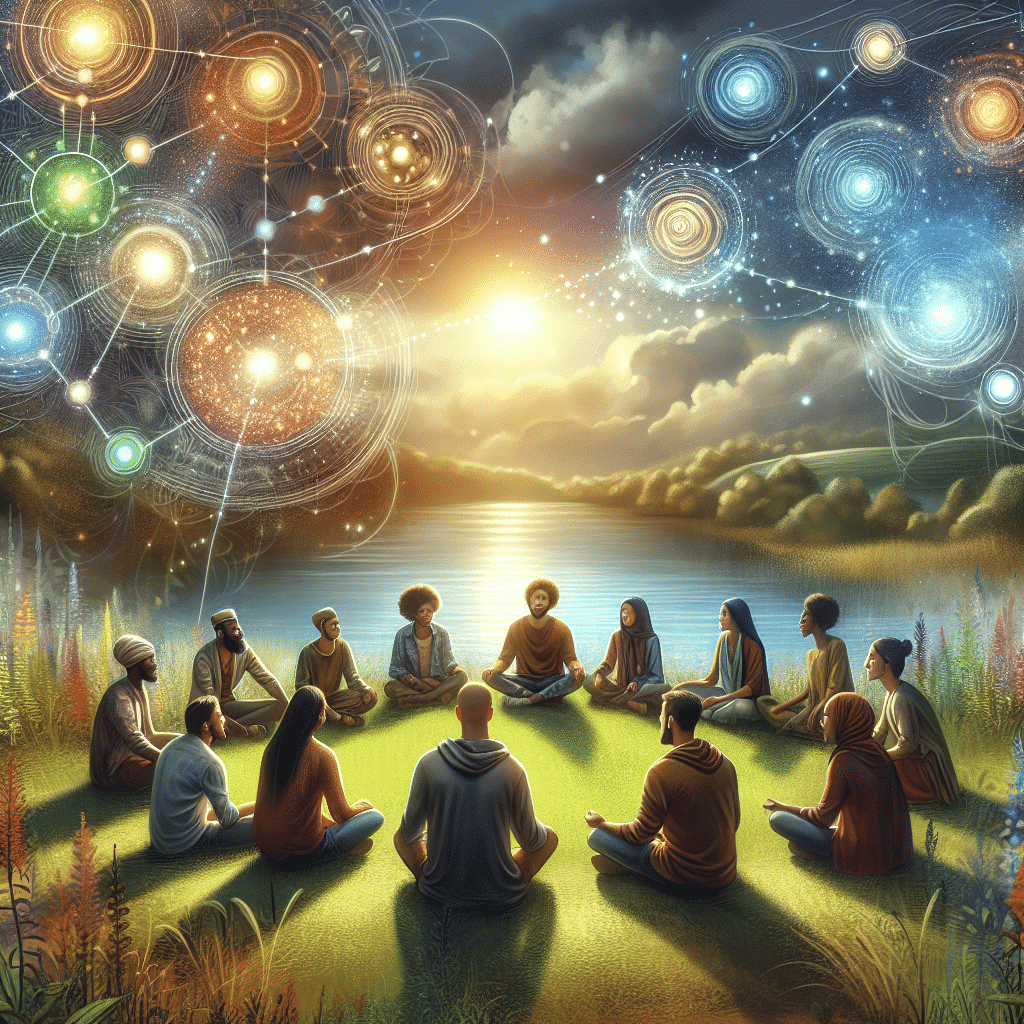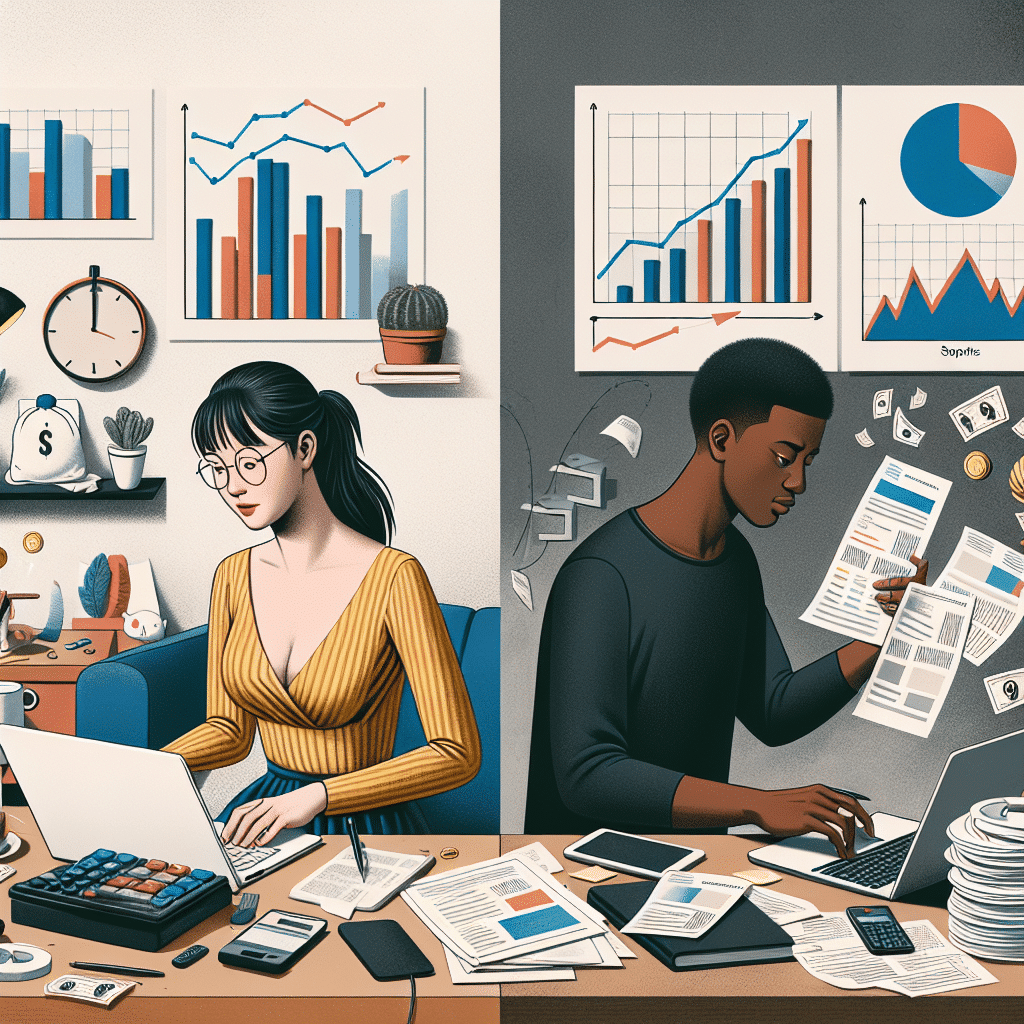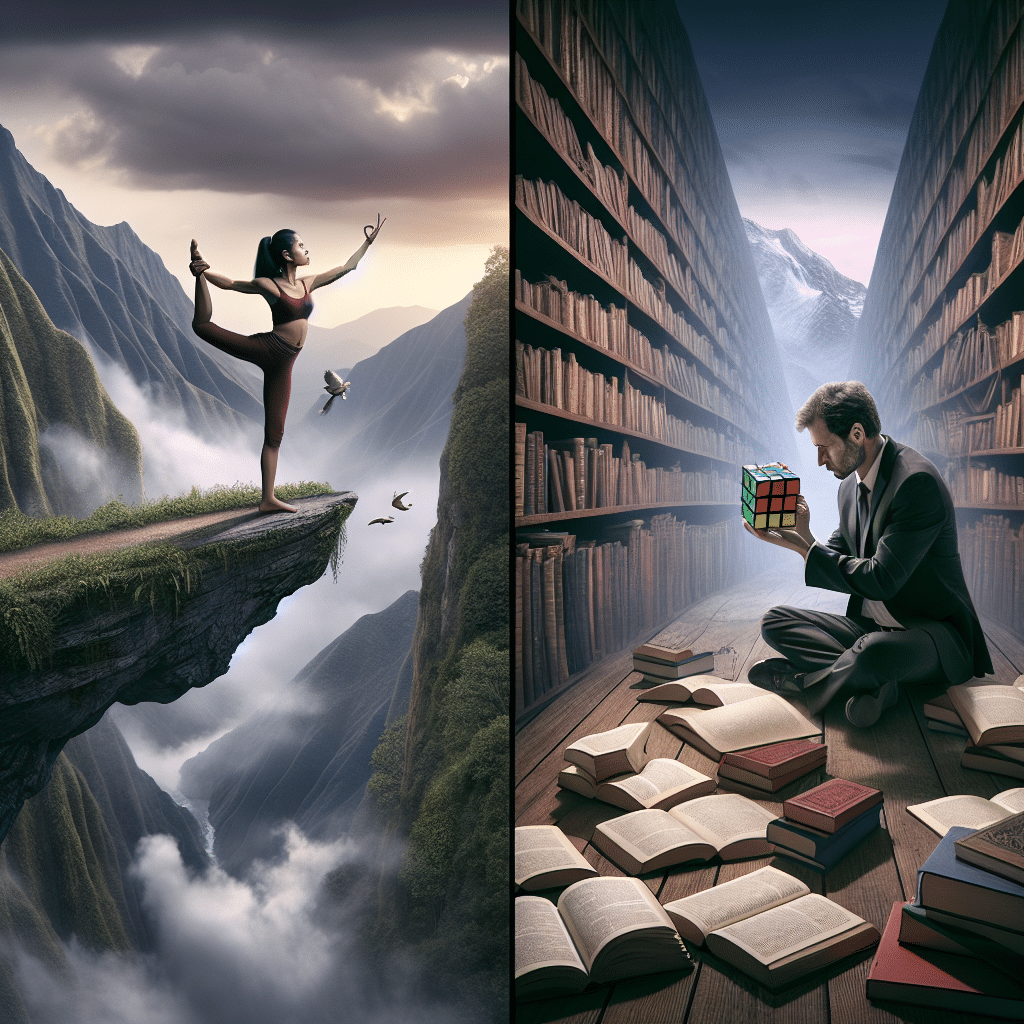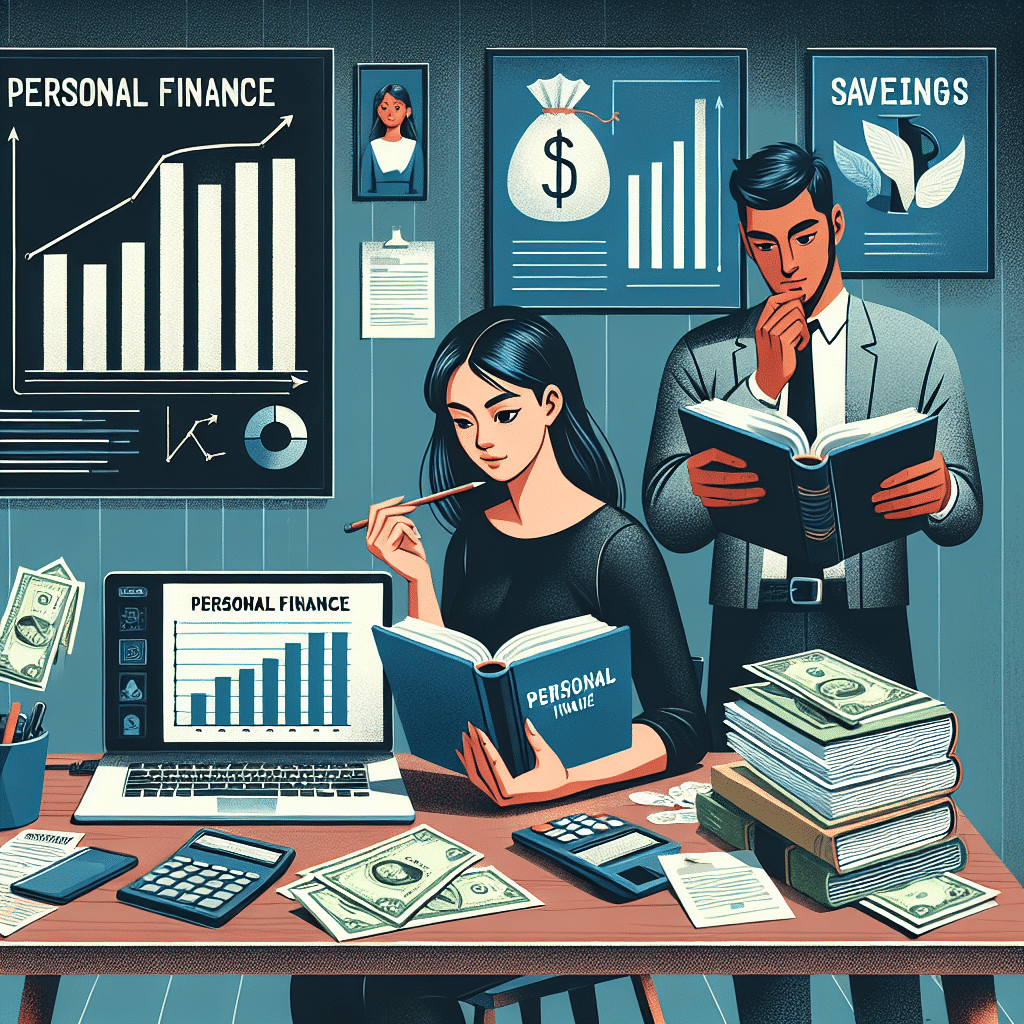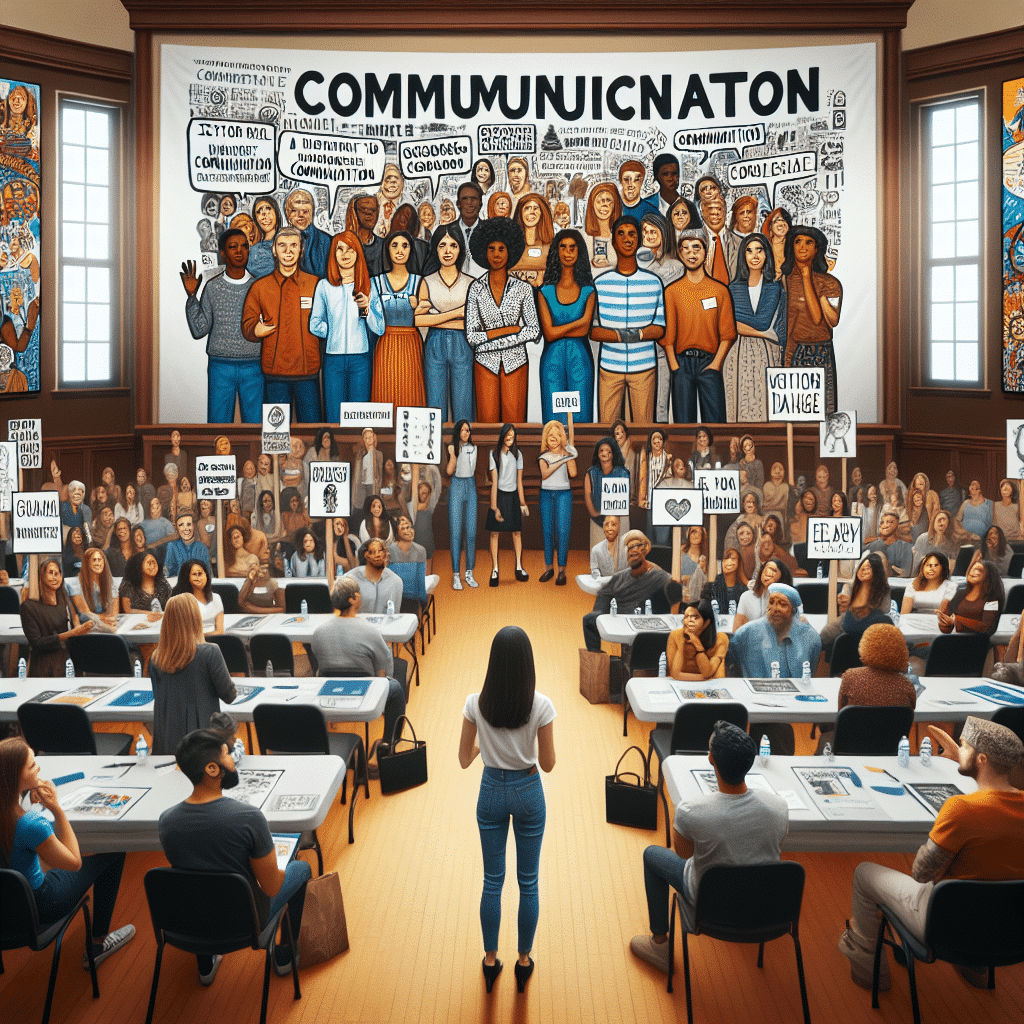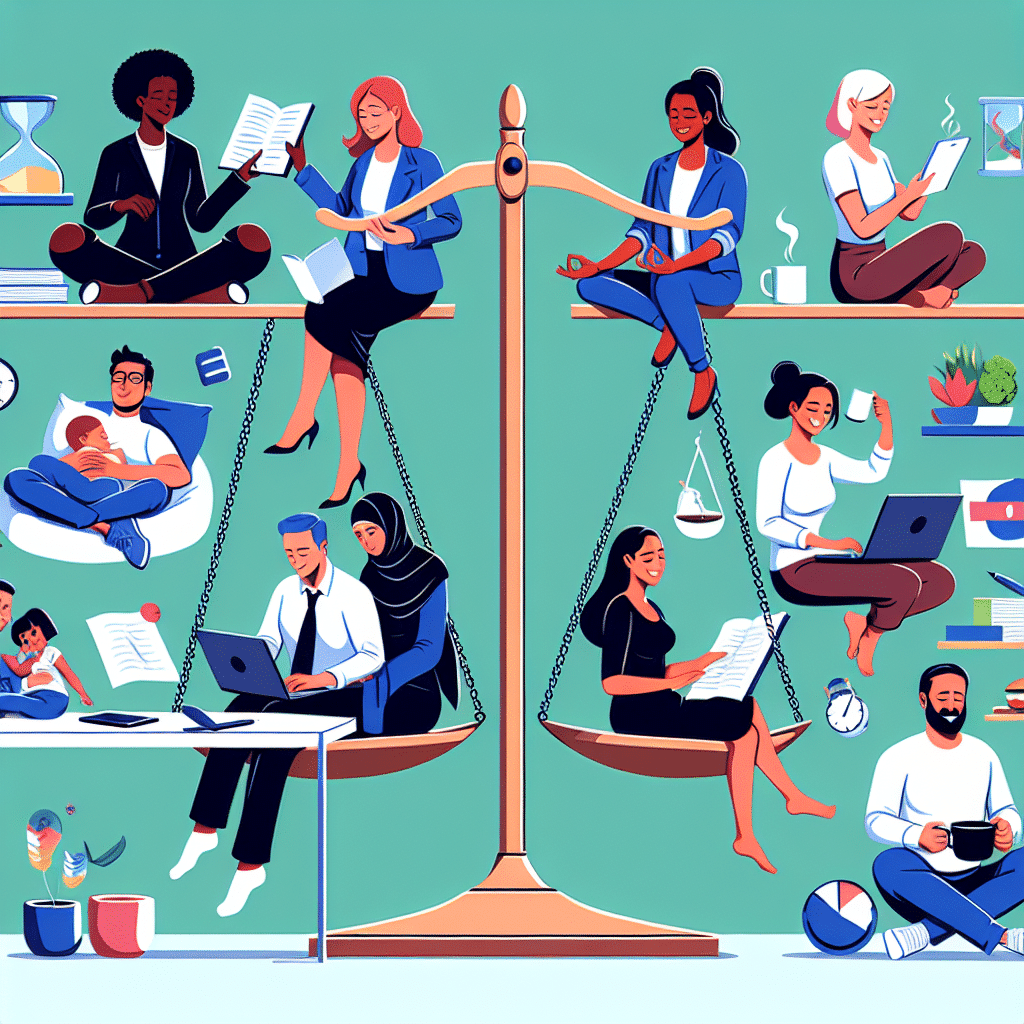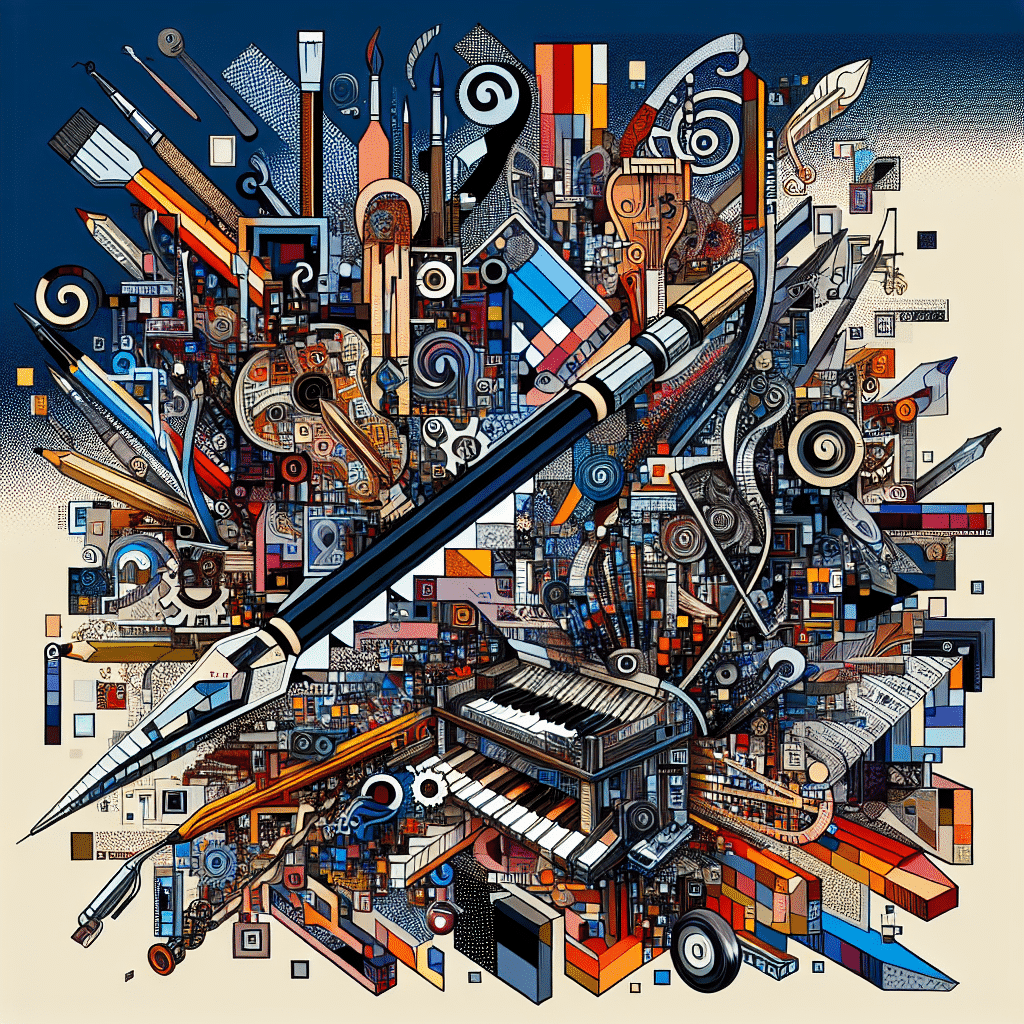
Defining creativity in the context of postmodern perspectives entails exploring the non-linear and fluid nature of this concept. While traditional views may emphasize individual genius and originality, postmodern perspectives challenge these notions by examining how creativity is shaped by diverse influences and contexts.
In postmodernism, creativity is not confined to strict rules or linear processes but is seen as a complex interplay of various elements that constantly evolve and intersect. This view suggests that creativity is not a fixed or static attribute but a dynamic, ongoing process that is continuously redefined and reshaped.
Impact of Postmodernism on Creativity
Postmodernism has deeply influenced and redefined the concept of creativity in contemporary society. One of the key impacts of postmodernism on creativity is the deconstruction of traditional boundaries and norms. In the postmodern world, there is a rejection of rigid categories and fixed structures, allowing for more fluid and hybrid forms of creative expression. Artists, writers, and creators are encouraged to push the boundaries of conventional thinking and explore new ways of conceptualizing and creating art, literature, music, and other forms of creative expression.
Furthermore, postmodernism celebrates diversity and hybridity in creativity. The emphasis is on embracing plurality and difference, rather than conforming to a singular or dominant narrative. This has led to a rich tapestry of creative works that draw from various cultural, historical, and social influences. Postmodern creatives often blend different styles, genres, and mediums to produce innovative and thought-provoking creations that challenge traditional notions of art and culture.
Moreover, postmodernism has sparked a greater awareness of the interconnectedness of different creative disciplines. Artists, designers, musicians, and writers are increasingly collaborating across boundaries, merging their expertise and perspectives to create interdisciplinary works that blur the lines between art forms. This collaborative approach to creativity has fostered a sense of community and shared inspiration among creators, leading to the emergence of new and exciting forms of expression.
Overall, the impact of postmodernism on creativity is one of liberation and transformation. By breaking down barriers, questioning assumptions, and embracing diversity, postmodernism has opened up new possibilities for creative expression in the contemporary world. Creatives are encouraged to explore uncharted territories, challenge established norms, and celebrate the richness of human experience through their work. In this way, postmodern perspectives on creativity continue to shape and redefine the creative landscape, inspiring artists and innovators to push the boundaries of what is possible.
Challenges to Creativity in Postmodernism
In the postmodern era, creativity faces several challenges that are unique to this paradigm. One of the biggest challenges is the fragmentation of knowledge and information overload. With the advent of the internet and social media, individuals are constantly bombarded with information from various sources, making it difficult to focus and generate original ideas. This fragmentation can hinder the creative process as it becomes challenging to sift through the vast amount of data available.
Another challenge that postmodern creativity faces is the issue of copyright and ownership. In a world where ideas are constantly being shared and remixed, determining who owns a particular creative work can be a complex and contentious issue. This uncertainty can stifle creativity as individuals may fear their work being copied or stolen, leading to a reluctance to share or collaborate with others.
Furthermore, the postmodern emphasis on deconstructing boundaries and questioning established norms can create a sense of ambiguity and uncertainty that can be intimidating for creators. Without clear guidelines or frameworks to follow, individuals may struggle to define their creative process and find direction in their work.
Despite these challenges, postmodernism also presents opportunities for creativity to thrive. By embracing uncertainty and ambiguity, creators can explore different perspectives and push the boundaries of traditional creative practices. The fluid and non-linear nature of creativity in the postmodern era allows for innovative and groundbreaking ideas to emerge.
It is essential for individuals to develop critical thinking skills and reflect on their creative process in order to navigate the challenges of postmodern creativity successfully. By staying open to new ideas, embracing diversity, and collaborating with others, creators can harness the power of postmodern perspectives to drive creativity forward in an ever-evolving society.
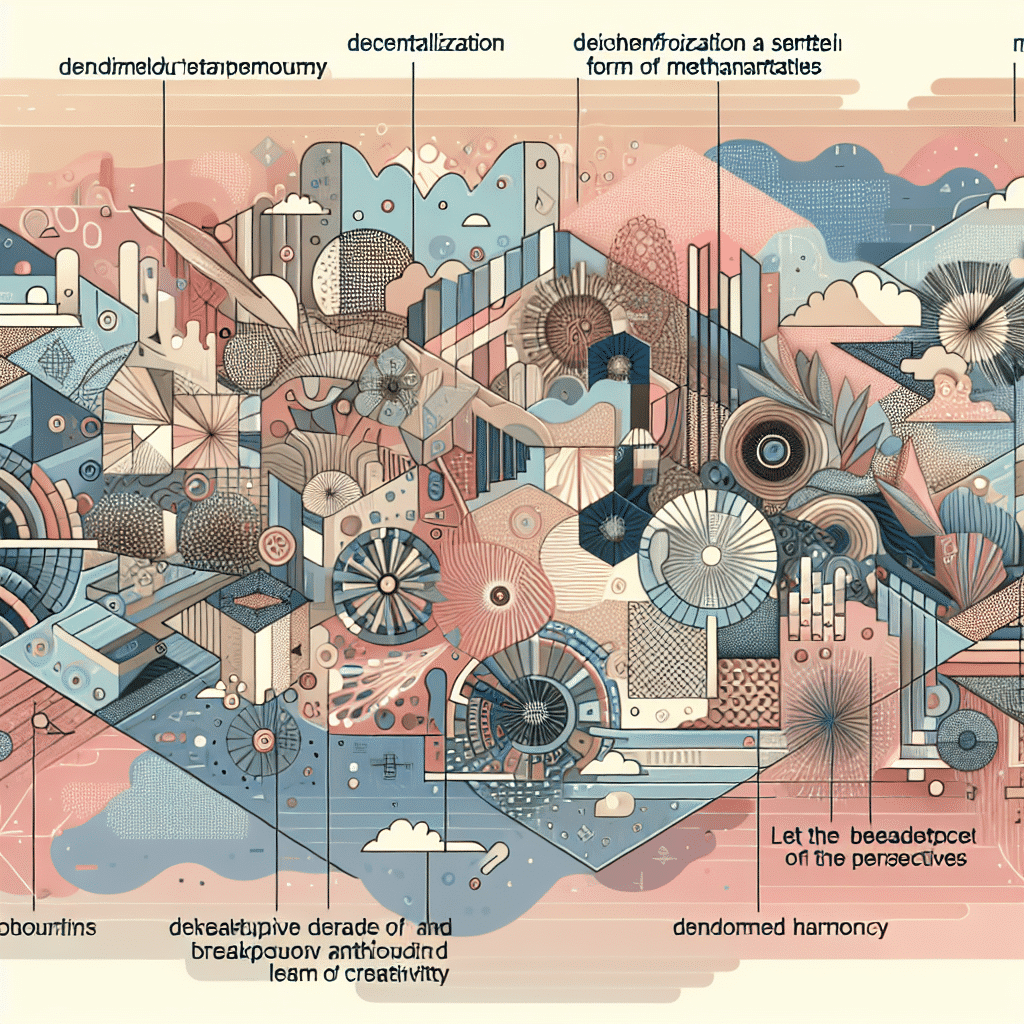
Role of Technology in Postmodern Creativity
Technology plays a crucial role in shaping creativity in the postmodern era. With the advent of digital tools and platforms, individuals have new avenues to express themselves creatively. The accessibility of software and hardware has democratized the creative process, allowing anyone with a computer or smartphone to engage in various forms of artistic expression.
One of the key aspects of technology in postmodern creativity is the rise of collaborative and remix culture. Online platforms enable individuals to connect with others from different backgrounds and disciplines, leading to the exchange of ideas and the creation of hybrid works. Collaborative projects often blur the lines between different art forms, resulting in innovative and boundary-defying creations.
Importance of Digital Tools and Platforms
Digital tools such as graphic design software, video editing programs, and music production applications have revolutionized the way creativity is manifested in the postmodern world. These tools provide individuals with the ability to experiment with different mediums and techniques, enhancing the creative process and pushing the boundaries of traditional art forms.
Furthermore, online platforms such as social media, video-sharing websites, and digital marketplaces have created new channels for artists to showcase their work and connect with audiences on a global scale. Artists no longer rely solely on traditional galleries or publishing houses to reach their target audience, allowing for greater autonomy and creative freedom.
Embracing Collaborative and Remix Culture
Collaborative projects and remix culture have become prominent features of postmodern creativity, with artists borrowing and reinterpreting elements from diverse sources to create new and innovative works. This approach challenges traditional notions of authorship and originality, emphasizing the importance of collaboration and collective creativity.
In conclusion, technology has fundamentally transformed the way creativity is conceptualized and practiced in the postmodern era. By embracing digital tools, collaborative projects, and remix culture, individuals have the opportunity to create unique and boundary-defying works that reflect the diverse and interconnected nature of contemporary society.
Future of Creativity in Postmodern Society
As we move further into the postmodern era, the future of creativity is likely to be shaped by a continued embrace of uncertainty and ambiguity. Traditional notions of creativity as a linear process with clear outcomes are being challenged by the complexities and contradictions of the postmodern world. In order to thrive in this landscape, individuals and communities will need to cultivate skills that allow them to navigate and make sense of this uncertainty.
Embracing Uncertainty and Ambiguity
In a postmodern society, creativity is no longer solely about producing original works or following established rules. Instead, it involves embracing the unknown, exploring the contradictions, and engaging with the unexpected. This requires a willingness to let go of fixed ideas and comfortable assumptions, and to instead embrace the messiness and complexity of the creative process. By learning to tolerate uncertainty and ambiguity, creators can open themselves up to new possibilities and perspectives that can lead to truly innovative solutions and works of art.
Importance of Critical Thinking and Reflection
In order to navigate the challenges of postmodern creativity, individuals will need to develop strong critical thinking skills and a capacity for reflective practice. Critical thinking involves questioning assumptions, challenging conventions, and considering alternative viewpoints. By encouraging a diversity of perspectives and fostering a culture of critical inquiry, creators can push the boundaries of what is possible and challenge the status quo. Reflection, on the other hand, allows individuals to step back and consider their creative process in a broader context, enabling them to learn from their experiences and make informed decisions about their work.
Overall, the future of creativity in a postmodern society is likely to be marked by a continued emphasis on embracing uncertainty and ambiguity, and cultivating critical thinking and reflection skills. By embracing the complexities and contradictions of the postmodern world, creators can push the boundaries of what is possible and create truly innovative and groundbreaking works of art.
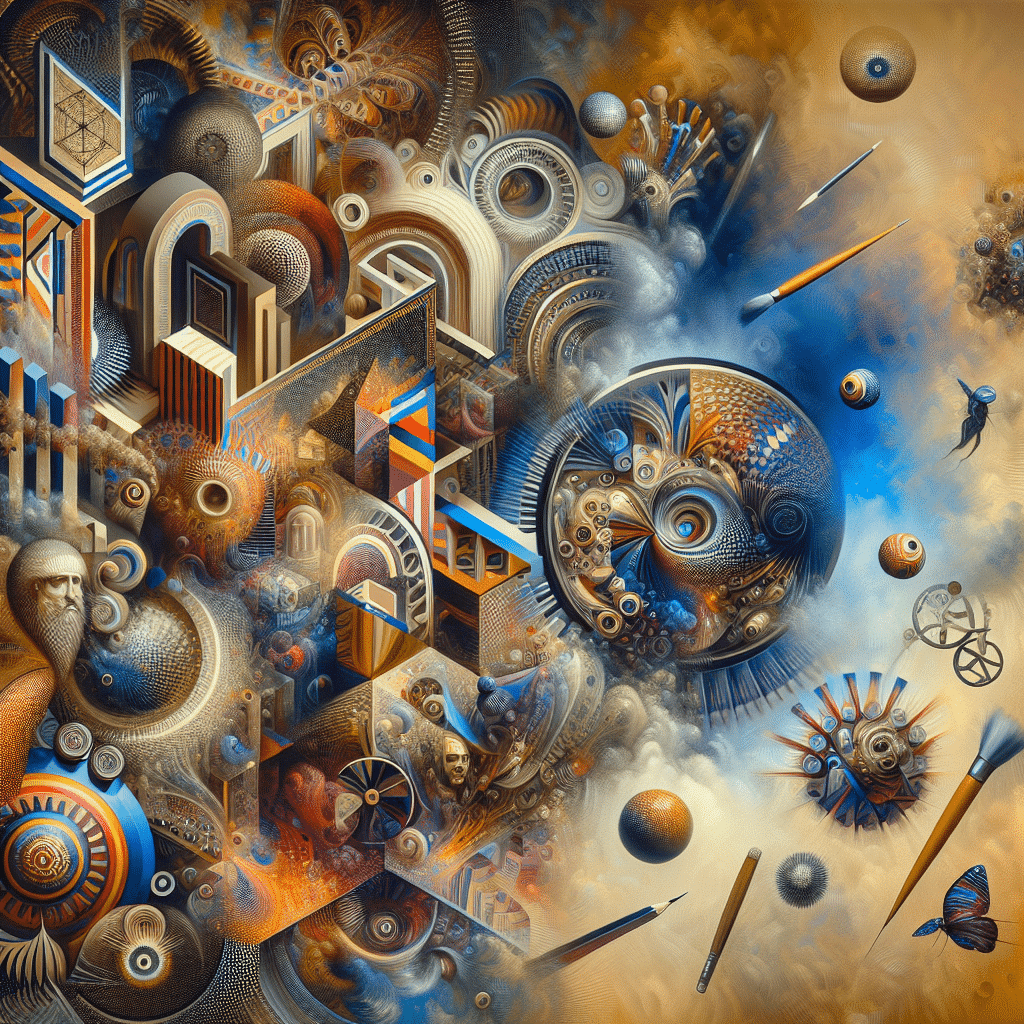
Summary
Postmodern perspectives on creativity challenge traditional notions by emphasizing fluidity, diversity, and hybridity. Creativity in a postmodern society is characterized by the deconstruction of boundaries and the embrace of uncertainty and ambiguity. Technology plays a significant role in shaping postmodern creativity, with digital tools enabling collaborative and remix culture. Despite challenges such as fragmentation and copyright issues, postmodern creativity thrives on innovation and critical thinking.

